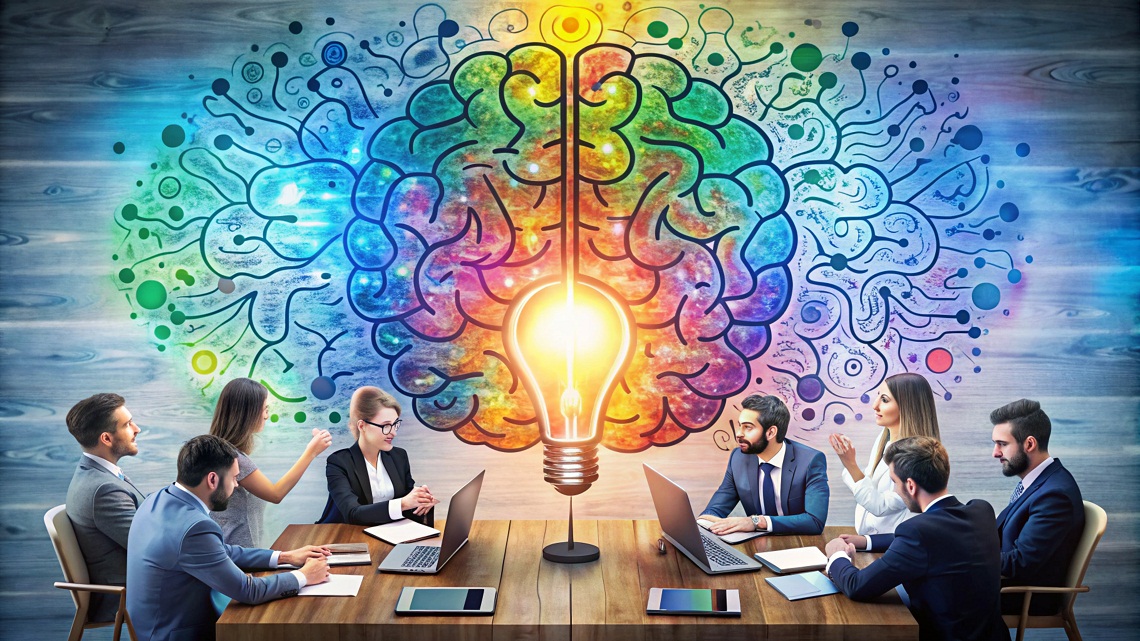
Employees with adaptive minds in the workforce are strategic enablers to organizational resilience and growth. Developing skills to adapt, prepares workforces to navigate challenges by converting them into new experiences, and meaningful innovation. Organizations that recognize adaptability as a priority create a workforce that maximizes performance and thrives during times of disruption and unprecedented market transitions.
What Does Adaptability Signifies?
Adaptability refers to the ability to adjust, refine and pivot effectively with the current and evolving situations, challenges, or environments. As an organizational ability, it refers to organizational agility, innovation and competitive advantage. The core dimensions of ability include cognitive flexibility, emotional regulation and learning agility. Adaptability is referred to as a “meta-skill”, as it enhances and supports a holistic level of professional and personal competencies.
What is the Importance of Adaptability in the Modern Workplace
- Navigating volatility
In volatile markets, adaptability is inherently stabilizer. Adaptive minds react to imperfect information, make incremental mental changes and keep that momentum going despite uncertainty, turning volatility from a risk factor to become a rehearsal chamber for innovation.
- Driving transformation
True transformation is not created by technology, it is created by the instinctive reaction to simultaneously reimagine both what the processes are and what the purpose for on an enterprise level. Adaptability creates the opportunity for new digital initiatives to not simply automate old ones but to architect the new ones.
- Enhancing decision quality
Adaptive humans or professionals think with dynamic logic – combining data accuracy with intuitive instinct. Their decision process encompasses essentially a three dimensional perspective of what is happening now, what is emerging and what may ultimately be possible.
- Leadership impact
Adaptive leaders create option ready organizations, which represents perseverance and various strategies that help navigate forward from any challenges that emanate from an organization. They create leadership which is not control-centric but interpretation centric complimented by informed autonomy.
- Organizational ROI
The currency to increase ROI is not just from groundbreaking innovations or tech adoptions but also with the strength of teambuilding to adapt with situations. This helps organizations outperform their peers in three measurable ways:
- Revenue stability in times of disruption due to the availability of diverse options from which to develop a response.
- Talent retention when employees experience psychological safety
- Speed and volume of innovation, as more adaptable minds can demonstrate streamline experimentation process quickly and pivot
Key Adaptability Skills That Define High-Performing Professionals
- Critical Thinking
Critical reasoning, beyond logical analysis, is the ability to alter one’s own logical frameworks—cognitive structures through which results are registered. Those who think with maximum adaptation display “conceptual elasticity.” They can change one interpretive framework for another without mental dissonance. This is not critical thinking in the sense of evaluation, but rather in terms of evolution.
- Learning Agility
Learning agility is the ability—indeed the regularity—to transform every outcome, linguistic or otherwise, into a learning protocol. In elite teams, the individuals practice something called “micro-adaptive learning,” or small situational feedback loops that regularly enhance the models of functioning.
- Emotional Intelligence
Adaptive experts know regulative empathy—the ability to be in an emotionally receptive space at one time and have a well-formed internal program in the other, given pressure and turbulence. It is a leadership subtlety, the ability not to panic, to be calm enough to think and engaged enough to lead.
- Problem Reframing
Problem reframing is the ability to reconstitute problems by changing the context of the problem instead of the content of it. Adaptive professionals do not only solve problems. They define the parameters of those problems and, by virtue of that, which the static-minded professional cannot control, see the opportunity that those parameters suggest.
- Digital Literacy
True digital literacy is not knowing things, but understanding the implications for the way digital structures change the logic of decision making. Adaptive people are interactively fluent. They combine human intuition and algorithmic outputs to great judgment in a way that is characteristic.
- Collaborative Flexibility
High-culture professionals conduct distributed adaptation. They modify their collaboration style for conflict resolution and aligning all departments according to the purpose of their mission. They lead, support and co-create according to occasion, without attaching themselves to any identity.
How Organizations Can Build Adaptable Workforces
- Leadership Modeling
When executives exhibit vulnerability, curiosity, and a desire to learn openly, it legitimizes adaptability as a team behavior rather than a somatic risk to performance.
- Adaptive Performance Metrics
Organizations are required to understand speed of learning and range of behavior including time management, determination and accountability—not solely the delivered value. New measures like the resilience index and flexibility reveal how well-equipped individuals are to develop under strain.
- Psychological Safety
The potential for adaptability only thrives in environments of psychological safety. When individuals can question, fail, and iterate without fear, compliance is exchanged for curiosity and mistakes become institutional learning.
- Continuous Learning Ecosystems
Replace fixed, ossified training with practical learning ecosystems, empowering networks, AI-enabled development, and project-based upskilling.
Conclusion
Success in today’s age of revelry, involves developing the ability to adapt to change. When organizations cultivate the ability to be adaptive through situations while maintaining flexibility and momentum, they can respond to complex requirements effectively. Organizations with adaptive capacities will be modeling a culture of resilience, innovation, and improvement. By investing in creating an adaptable workforce, organizations will develop the competency to surpass future challenges and continue building strength that leads to achieving lasting success.
To read more, visit EMEA Entrepreneur.
